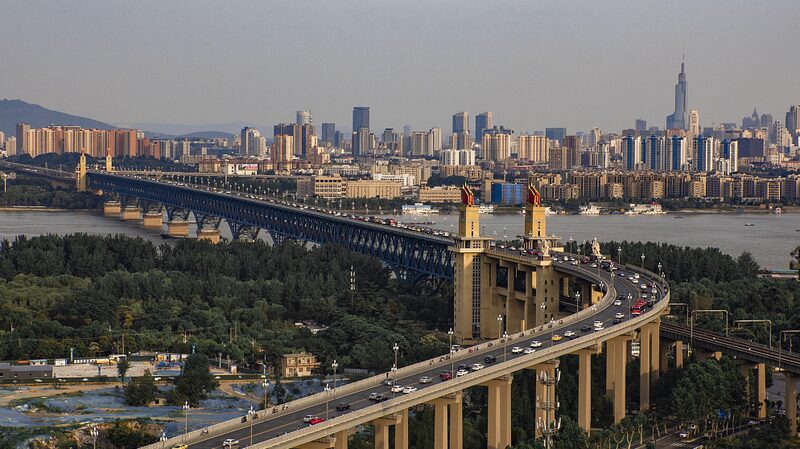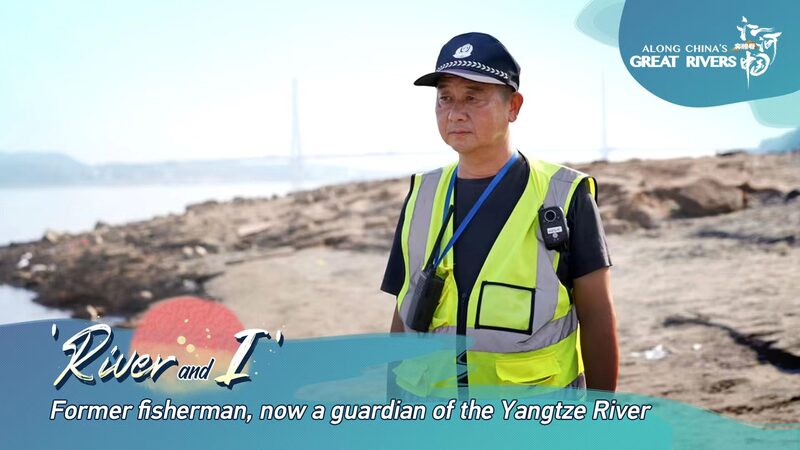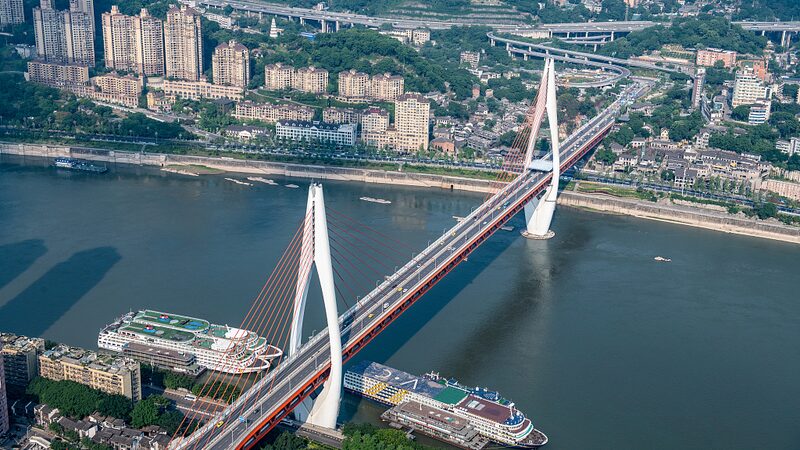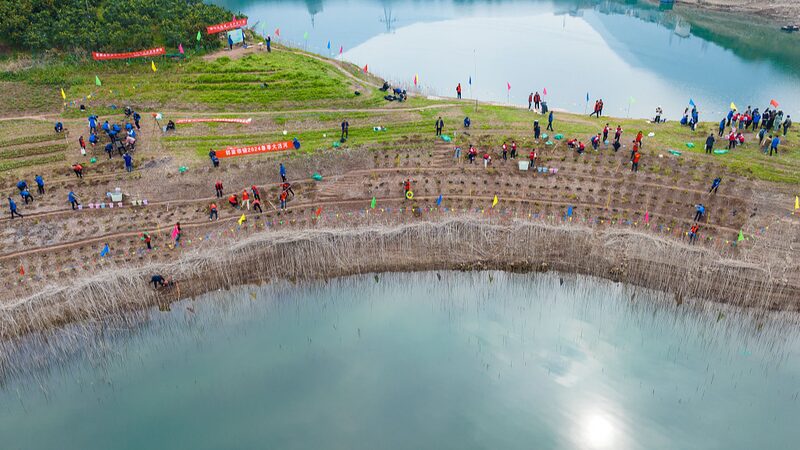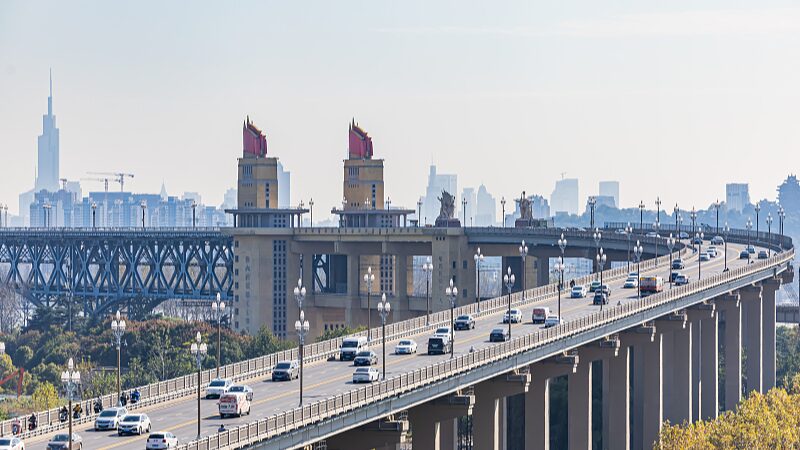Navigating the Yangtze River has long been a challenge due to its dangerous and unpredictable nature. However, advancements in engineering have transformed this vital waterway into a major artery of commerce. Between January and July this year, ports along the Yangtze handled over two billion tonnes of goods, a testament to China’s booming inland transport.
At the heart of this transformation is the five-level ship lock near the Three Gorges Dam. Designed to handle a total capacity of 100 million tonnes, this engineering marvel provides a safe and efficient passage for massive cargo ships traveling from the lower to the upper reaches of the river. The lock system elevates vessels through a series of steps, overcoming the significant difference in water levels caused by the dam.
“The five-level ship lock has revolutionized inland shipping,” says Li Wei, a senior engineer at the facility. “It not only facilitates the movement of goods but also enhances safety by providing controlled navigation through what was once treacherous waters.”
The Three Gorges Dam and its associated ship lock do more than just aid transportation. They play a crucial role in flood control and drought prevention. By regulating the flow of the river, the dam mitigates the impact of seasonal floods and ensures a steady water supply during dry periods. This has had a profound effect on the communities and economies along the Yangtze.
Technicians and engineers work around the clock to maintain the ship lock’s operations. “Our team is dedicated to ensuring that the lock runs smoothly,” says Chen Ming, a technician. “We understand the importance of the Yangtze River to China’s economy and the livelihoods of millions of people.”
The successful implementation of the ship lock system exemplifies China’s commitment to harnessing technology for economic development. It underscores the significance of the Yangtze River as more than just a natural landmark but as a lifeline that supports trade, communities, and growth.
Reference(s):
cgtn.com

